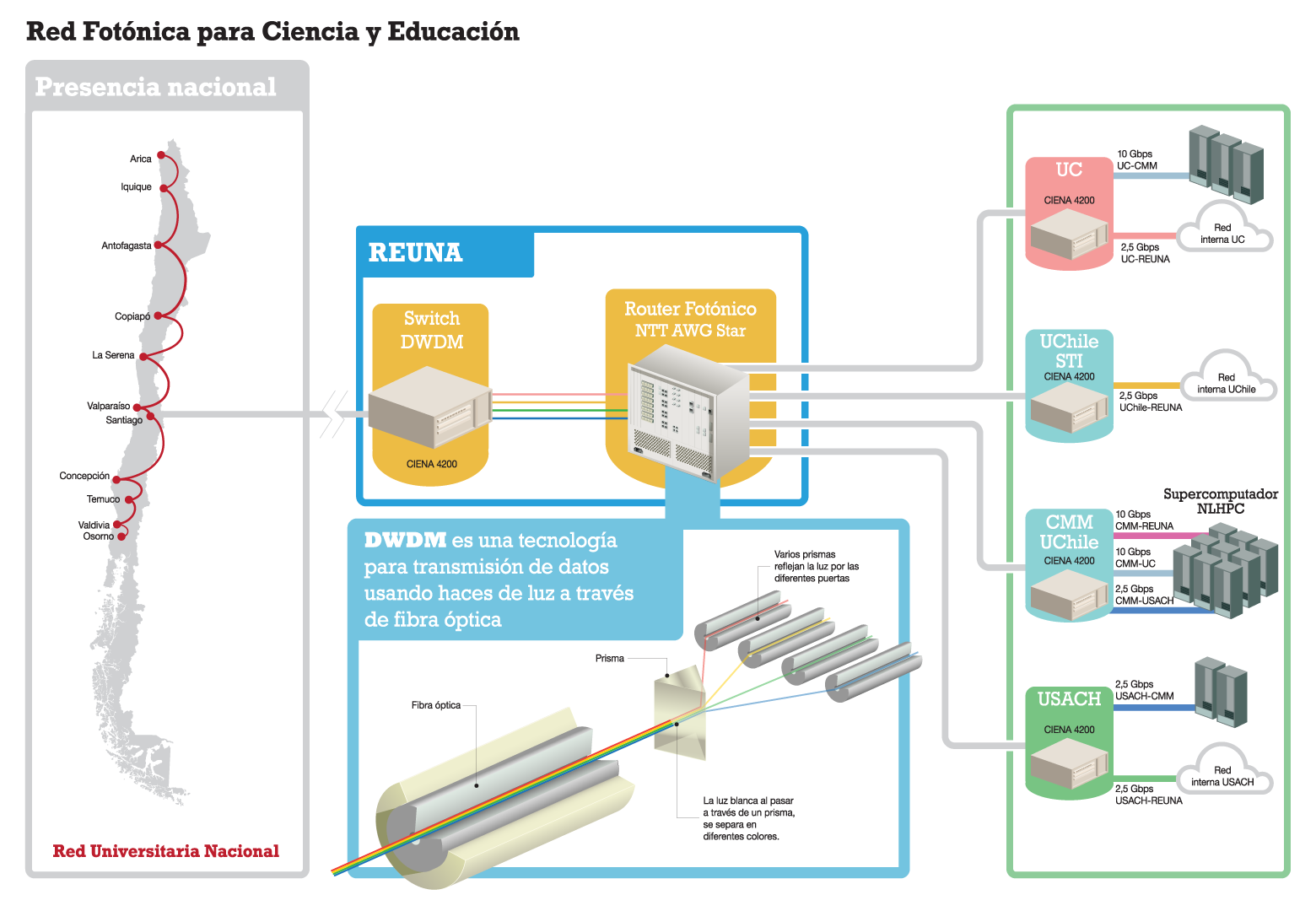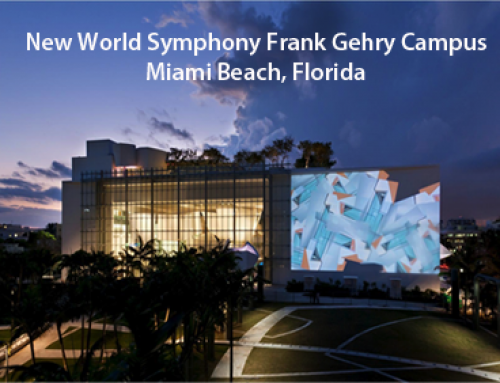CMM and REUNA implement the fastest network for Science and Education in Chile
•The photonic network is part of the National Project on High Performance Computing, which will allow national scientific centers to share massive amounts of data and to develop collaborative research, thus enhancing the competitiveness and the innovation in the country.
• The Transport and Telecommunications Minister referred to this milestone as a collaborative effort essential to society.
Santiago, November 22, 2012-. With the presence of the Minister of Transport and Telecommunications, Pedro Pablo Errázuriz and the Undersecretary of Telecommunications, Jorge Atton, the fastest network for science and education in the country began operations in the metropolitan area.
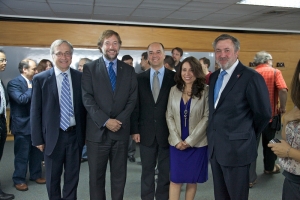 This scientific-technological milestone is led by the Center for Mathematical Modeling (CMM) of the University of Chile, and National Research and Educational Network (REUNA). The project is part of the National Laboratory for High Performance Computing (NLHPC) .
This scientific-technological milestone is led by the Center for Mathematical Modeling (CMM) of the University of Chile, and National Research and Educational Network (REUNA). The project is part of the National Laboratory for High Performance Computing (NLHPC) .
Through this joint effort, supported by the Research Partnership Program of CONICYT, the main academic scientific centers in Chile will have a platform for the collaborative development of science and education, suitable for the transmission and real-time data analysis in various research areas, such as astronomy, genomics, mining, climate change, and monitoring of natural phenomena, among many others.
The Photonics Network- so called by its capacity to manage data in a fully optical way, directing light beams of different colors to multiple points – has an initial capacity to transfer 30 Gigabits per second, distributed across a high-speed digital highway that has a potential to reach an aggregate value of up to 1.28 Tera-bit (Megas 1.28 million), equivalent to more than 85,000 average residential connections in the local market (15 Megabits per second).
The project was launched in the Metropolitan Region, where five nodes have been installed, to connect the University of Chile, Catholic University and University of Santiago and REUNA. In addition, REUNA will link this infrastructure to the national grid, comprised of 16 universities and other astronomical centers, through a central photonic node.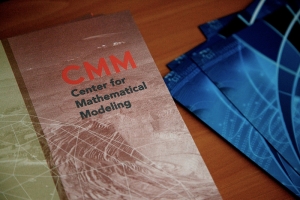
With this connection in place, the NLHPC project partners will be able connect to CMM’s super computer, designed to cover the national demand for processing scientific and industrial data, required to maintain the global competitiveness of research.
The Minister Pedro Pablo Errázuriz pointed out that this milestone as “a critical effort for society” and an eloquent model of how the transition between academia, research and industry is growing fast. “With the impressive progress and development of the knowledge society, we realize that in many ways we are not growing in a curve, but leapfroging” – the minister said, calling the NLHPC Project leaders to “keep running at high speed and to incorporate many to this race. ”
The director of REUNA, Paola Arellano, stressed that to be at the frontier of science it is indispensable to have advanced connectivity, that supports big data transmission in real-time: “Not having this platform means staying out and limiting the national and international collaboration and, therefore, stifle innovation. In this new reality, the photonics network is another step to meet the current and future challenges of Chilean researchers” she explained.
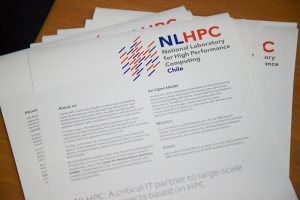 Similarly, the NLHPC Project Director, Eduardo Vera, emphasized that “the widespread deployment of sensor networks connected through photonic networks to our supercomputer cluster, will allow the transmission of massive amounts of data to model highly complex phenomena in real or quasi-real time, with great impact not only in research but in the actual operation of large-scale industrial processes”, he highlighted.
Similarly, the NLHPC Project Director, Eduardo Vera, emphasized that “the widespread deployment of sensor networks connected through photonic networks to our supercomputer cluster, will allow the transmission of massive amounts of data to model highly complex phenomena in real or quasi-real time, with great impact not only in research but in the actual operation of large-scale industrial processes”, he highlighted.
The DWDM technology (Dense Wavelength Division Multiplexing), which is the building block of the Photonics Network, provides high levels of connectivity required for scientific purposes. A precedent for the use of this technology for scientific purposes in Chile is the EVALSO Project (Enabling Virtual Access to Latin American Southern Observatories-) implemented by REUNA and the project partners in the Atacama Desert, to connect northern astronomy observatories with Europe. This was the first experience of using this technology to strengthen the infrastructure of the national academic network.
Among the technological solutions used in assembling photonic network highlights Ciena DWDM switches, represented in Chile by Adexus and photonics router developed by NTT, represented in Chile by the Micomo.
http://www.nlhpc.cl/
http://www.cmm.uchile.cl/
www.reuna.cl
http://www.evalso.eu/evalso/

